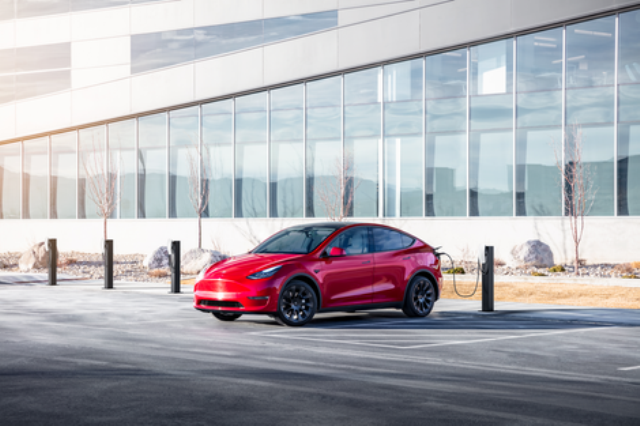Tesla announced revenue of $25.50 billion for the second quarter of 2024, marking a 2 percent decline due to poor demand for its electric vehicles (EVs). The revenue dip was influenced by several factors, including:
Positive Factors:
Growth in the Energy Generation and Storage business
Initial Cybertruck deliveries
Higher regulatory credit revenue
Growth in Services and Other revenue
Negative Factors:
Reduced average selling price (ASP) of S3XY vehicles, due to pricing, attractive financing options, and mix
Decline in S3XY vehicle deliveries
Negative foreign exchange impact of $0.3 billion
Tesla’s revenue breakdown revealed:
$19.878 billion from automotive (down 7 percent)
$3.014 billion from energy generation and storage (up 100 percent)
$2.608 billion from services and other revenue (up 21 percent)
The company achieved record energy storage deployment of 9.4 GWh in Q2. Additionally, Tesla revealed that its Optimus robot began performing tasks autonomously in one of its facilities. The Cybertruck became the best-selling EV pickup in the U.S. in Q2.
Tesla reported its lowest profit margin in over five years, as price cuts aimed at reviving demand coincided with increased spending on AI projects. Operating income decreased to $1.6 billion in Q2, resulting in a 6.3 percent operating margin. Factors impacting operating income included:
Negative Factors:
Reduced ASP of S3XY vehicles
Restructuring charges
Increase in operating expenses largely driven by AI projects
Decline in S3XY vehicle deliveries
Positive Factors:
Higher regulatory credit revenue
Growth in Energy Generation and Storage gross profit
Lower cost per vehicle, including reduced raw material costs, freight, and duties
Lower cost of production ramp of 4680 cells and other related charges
Tesla plans to produce new, more affordable vehicles in the first half of 2025, though the cost reductions will be less than previously expected. The company’s shares fell 8 percent in after-hours trading.
The second quarter was challenging for Tesla, with CEO Elon Musk shelving development of an all-new cheaper car in favor of less ambitious lower-cost models and focusing on creating self-driving taxis, which helped boost shares. Tesla laid off over 10 percent of its employees to cut costs.
Automotive margin excluding regulatory credits was 14.6 percent in Q2. Elon Musk noted competitors have substantially discounted their EVs, making it more challenging for Tesla.
Tesla’s EV deliveries have declined for two consecutive quarters amid competition and slow demand due to a lack of affordable new models.
Sales of China-made EVs, which are also exported to Europe and elsewhere, fell in Q2 compared to a year earlier, while Chinese automakers like BYD posted strong sales growth. Tesla expects a sequential increase in production in Q3, Reuters news report said.
Sales of regulatory credits nearly tripled to a record $890 million in Q2 from a year earlier, as traditional automakers buy credits from Tesla to meet clean-vehicle production targets. Net income for Q2 was $1.48 billion, down from $2.70 billion a year ago.
The timing of Robotaxi deployment depends on technological advancements and regulatory approval. Musk expressed confidence that regulatory approval would not be a limiting factor. He also anticipated regulatory approval for Tesla’s supervised Full Self-Driving software in China and Europe by year-end.
Tesla delayed the unveiling of its Robotaxi product to October 10 from August 8 to make important changes. Elon Musk had previously stated that Tesla expected to mass-produce a robotaxi with no steering wheel or pedal by 2024.
Baburajan Kizhakedath

